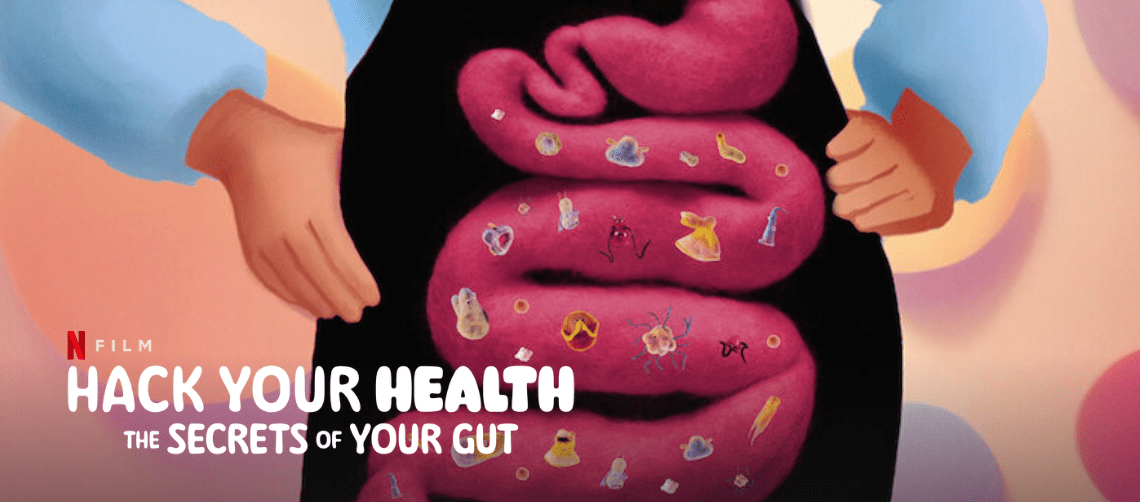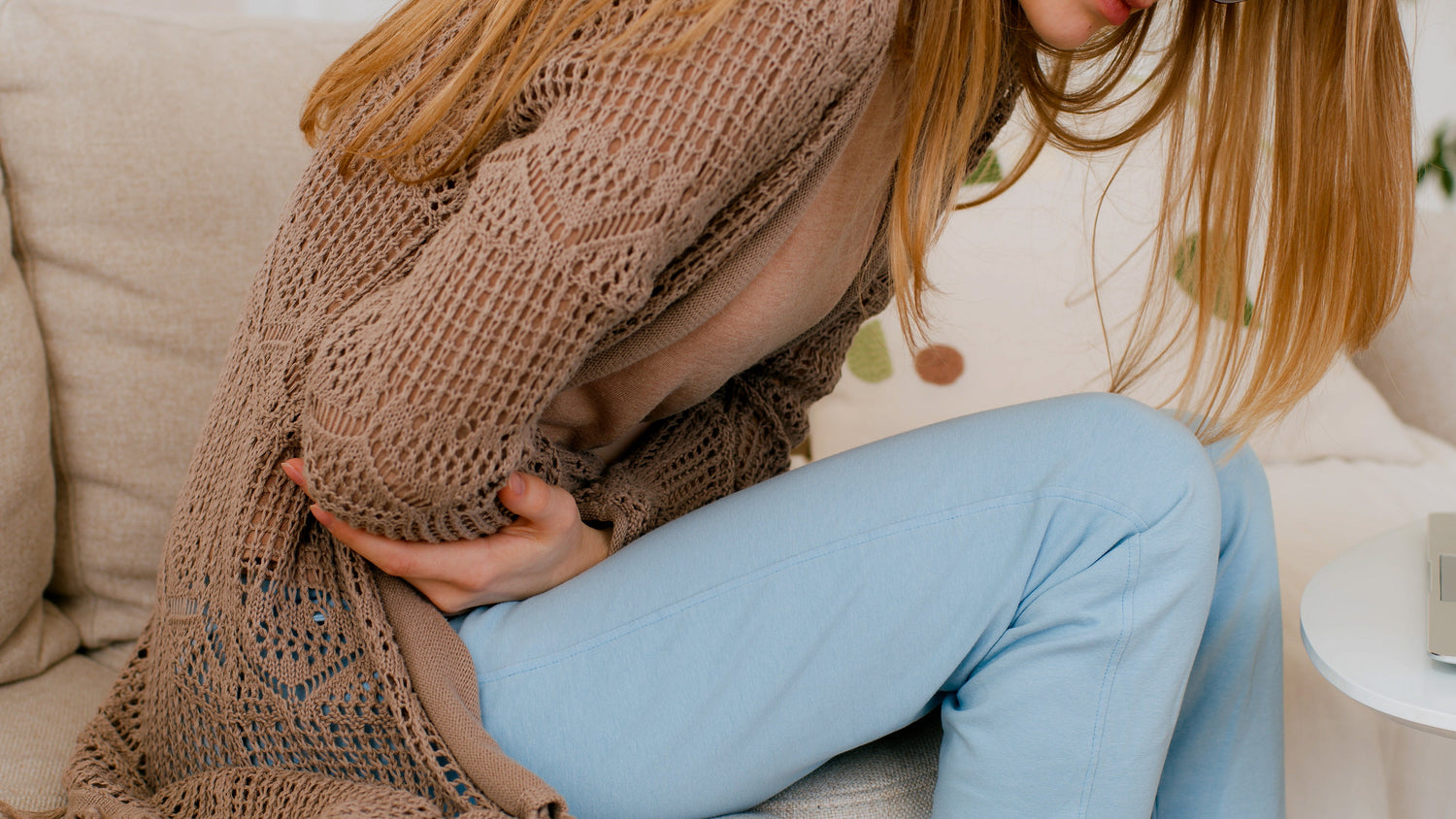Table of contents
... in search of the Intestine's Next Top Poop.
While it is still a taboo topic for many, it is of extraordinary importance to talk about what is going on in our toilet. Our poop can harness many important insights into our health and help address digestive problems that should not go unanswered.
Digestive problems can manifest through various symptoms such as weight gain, acne, depression, hormonal dysbalances, etc.
Therefore, it is even more important to understand what a healthy digestion actually means. Don’t worry, we got you covered! We will provide more information about this in the upcoming post.
You can imagine the digestive process as a production line in a factory, which produces feces as its end-product, and many employees (such as enzymes, organs, etc.) involved in its production.
The final product ultimately determines whether everything has gone smoothly or if there were errors during production. For example, if our stool were to be compared to a motorcycle, and that motorcycle were to be delivered with only one wheel, five rearview mirrors, and no lights, we would immediately know that something went wrong in the factory because we are aware of how the end result should look like. The same goes for our bowel movements. However, we have most likely not yet considered how they should look like. The common modern toilets do not make it any easier for us to inspect.

The composition of your microbiome (where whether good or bad bacteria predominate) influences the development of bloating (3).
Often, we only consider the frequency of our bowel movements as a criterion for "healthy" digestion. However, even a not so healthy intestine can produce poor results at regular intervals.
So, returning to our initial question: Is there such a thing as the "perfect" poop?
To explain this further, it is worth mentioning that we are all individuals with different bodies, which is why each of us has our own variation and range of what is "healthy," and therefore, any deviations from a basic definition are entirely possible.
Nevertheless, some basic categories that apply to all of us can be identified, in order to bring some order and help us out a bit: color, shape, consistency, whether the stool floats on top of the water, frequency, odor, and transit time.
An ideal stool can be described as medium brown (although it can vary depending on the diet, e.g., darker stools when consuming beets or green when consuming spinach), nearly odorless, and well-formed. It is covered by a mucous layer that prevents the anus from getting dirty. Therefore, like with dogs or cats, we shouldn't actually need toilet paper. So, normally, the more toilet paper we need, the more dissatisfied our intestine is.
But let’s not forget, as mentioned earlier, daily bowel movements do not necessarily mean that everything is in perfect order.
Returning to the topic of color, a stool is considered normal if ranging from light to dark brown. You should definitely see a doctor if the stool is very light (indicating liver issues) or black with bloody streaks (indicating bleeding in the colon). Hemorrhoids could also be responsible for the latter.
The smell is also an indicator of whether everything went well during production. This also applies to flatulence and escaping gases. No gases and odors are produced during the digestion process itself; these only occur through the bacterial metabolism in the colon (our microbiome). Unpleasant odors are not considered good; if they smell foul, putrefactive bacteria (bad bacteria) are active, and if they don't smell badly, the fermentation processes are responsible for gas production, which indicates a prolonged transit time.
The shape of the stool also reveals a lot about our digestion. For example, pencil-thin stools indicate that the body is stressed because in this state, the colon narrows, leading to pencil-thin stools.
Another important form to mention is stool in the shape of marbles, similar to rabbit droppings. This is mainly due to two reasons: dehydration and lack of “good” fat, the kind needed to produce hormones and essential for the function of our brain and cells.
In terms of appearance, the stool should be smooth; if there are irregularities, it may indicate dehydration.

The Bristol Stool Scale is a table for assessing the shape and texture of human stool. It is a diagnostic tool to evaluate the duration of transit through the colon, which in turn can provide insights into specific conditions. According to the scale, seven different stool types are distinguished, with transit time decreasing between Type 1 (up to 100 hours) to Type 7 (about 10 hours). Types 1 and 2 indicate constipation, while Types 5 to 7 indicate diarrhea. Types 3 and 4 are considered "ideal stool," which is easy to pass and does not indicate any diseases (4).
The stool should also sink and not float in the water. If it floats, there may be too much gas trapped in it, or the digestion process was impaired from the beginning (improper chewing, insufficient stomach acid, etc.).
In summary, having adequate knowledge about our digestion and bowel movements is essential because it is a central part of our health and influences how we feel mentally, how we look, and much more.
As mentioned in the section on bloating, our microbiome is an important contributor to the production line, and an imbalance of bacteria (dysbiosis) can lead to significant digestive perturbances.
Do you know the state of your own microbiome? Test it here, and we will support you in becoming your own gut microbiome expert.
Note
This article is intended for informational purposes only and is not to be construed as medical information or instructions for action. The recipes are for inspiration and are not intended as a therapeutic measure. If you have any health problems, we recommend that you contact a doctor or other expert immediately.
References
- "Alles Scheiße!? Wenn der Darm zum Problem wird" von Dr.med. Adrian Schulte, Taschenbuch, Knaur MensSana TB 12.01.2018, 224 S., ISBN: 978-3-426-87777-7https://www.droemer-knaur.de/buch/9375436/alles-scheisse-wenn-der-darm-zum-problem-wird
- "The answer to your health is in your poop" - TedTalk by Melissa Ramos, https://www.youtube.com/watch?v=vL_uTdfmqEk&list=PLCtNGgCVe561RaAlebr-ZUIrz6gIInidZ&index=3&t=5s
- https://www.chirurgie-portal.de/innere-medizin/internistische-erkrankungen/blaehungen/blaehungen.html
- https://haemorrhoidenratgeber.blogspot.com/2010/09/die-bristol-stuhlformen-skala.html





